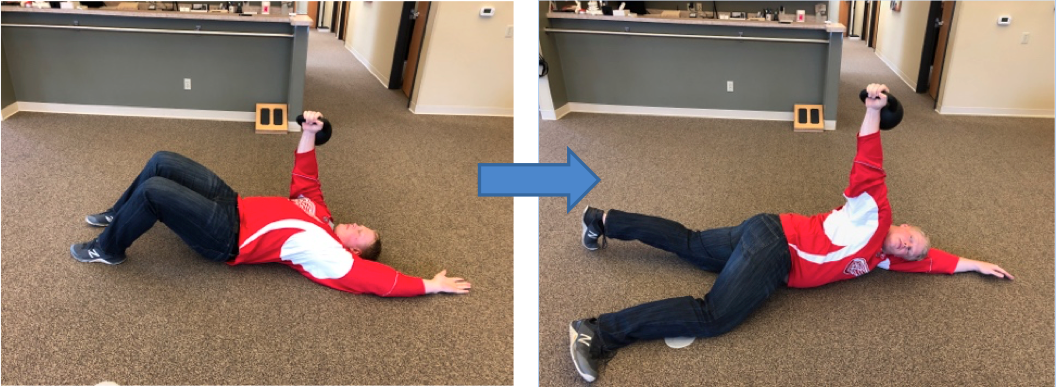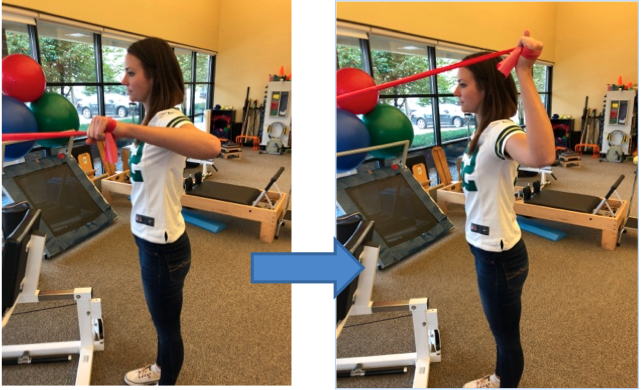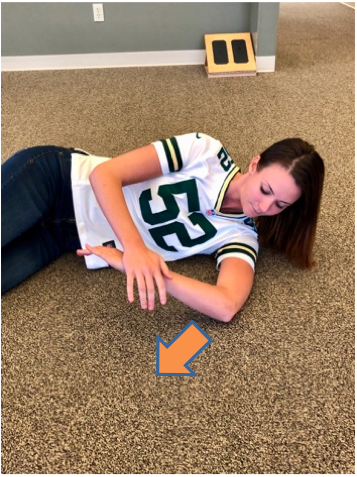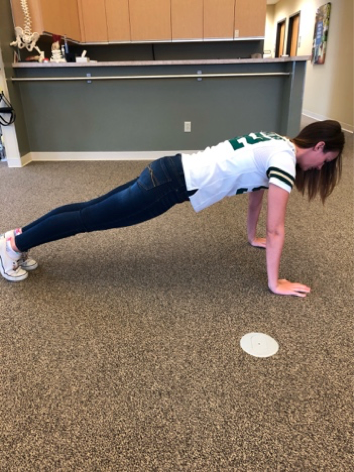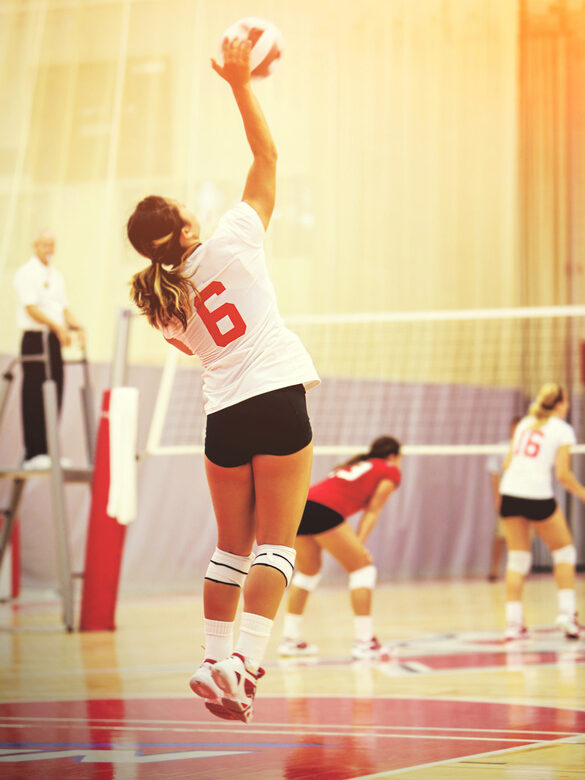Volleyball season is in full swing (yes, pun intended!), and although this sport does not involve physical contact between opponents, the risk of injury is just as high as in a contact sport if an athlete is not properly conditioned. In this article, you will find the top 3 most desirable traits for improving one’s performance in volleyball as well as exercises to help you improve in these specific areas.
Jumping
Whether you are setting, hitting or blocking at the net, or even working on a jump serve, improving one’s vertical jump is going to be extremely beneficial for an athlete’s performance. As a player myself, I have come across athletes who are simply gifted in this area. However, for the vast majority of athletes including myself, this is something that needs to be worked on and improved like any other skill. Whether on offense or defense, vertical jump is a critical component in improving performance. To improve vertical jump, one should use a combination of exercises to improve lower extremity strength and power.
- Exercises for strength:
Deadlift
Leg Press
Squats
Calf Raises
Hamstring Curls - Exercises for power:
Box Jumps
Jump squats
Jumping Switch lunges
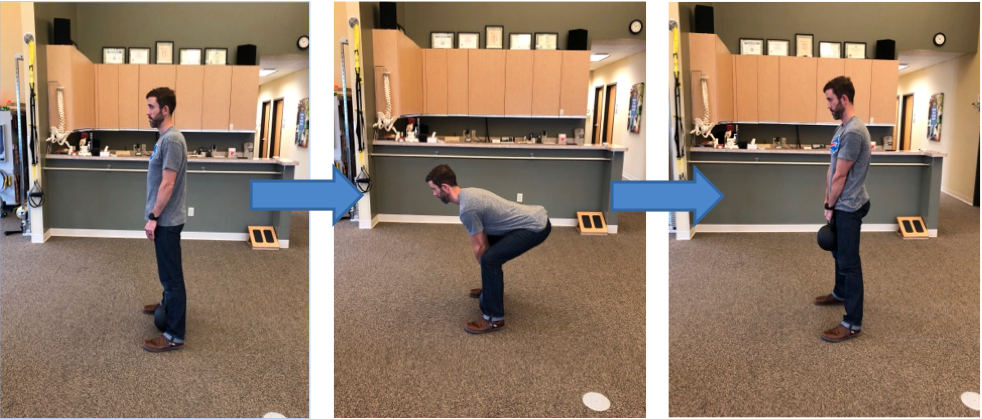
Quickness
Although volleyball players are not required to sprint or run very far during competition, they do require agility and quick reaction times throughout a volley. Players should incorporate agility training and explosive movements into their workouts to improve this area of play. When an athlete is not properly conditioned in this area of play, muscle strains (“pulled muscles) can often occur.
Exercises for quickness and agility:
Side to side shuffle steps
Carioca
“Quick feet”
Box toe touches alternating feet (pictured on Left)

Shoulder Strength and Stability
Shoulder and scapular strength as well as stability is critical for peak performance in volleyball players. Serving, passing, setting, blocking and hitting all require differing degrees of shoulder strength and stability. In addition to improving performance, improving an athlete in this area will dramatically decrease risk for injury.
Exercises for shoulder strength and stability:
90-90 External rotation
90-90 Internal rotation
Sleeper stretch
Kettle bell arm bar
High and Low Planks
